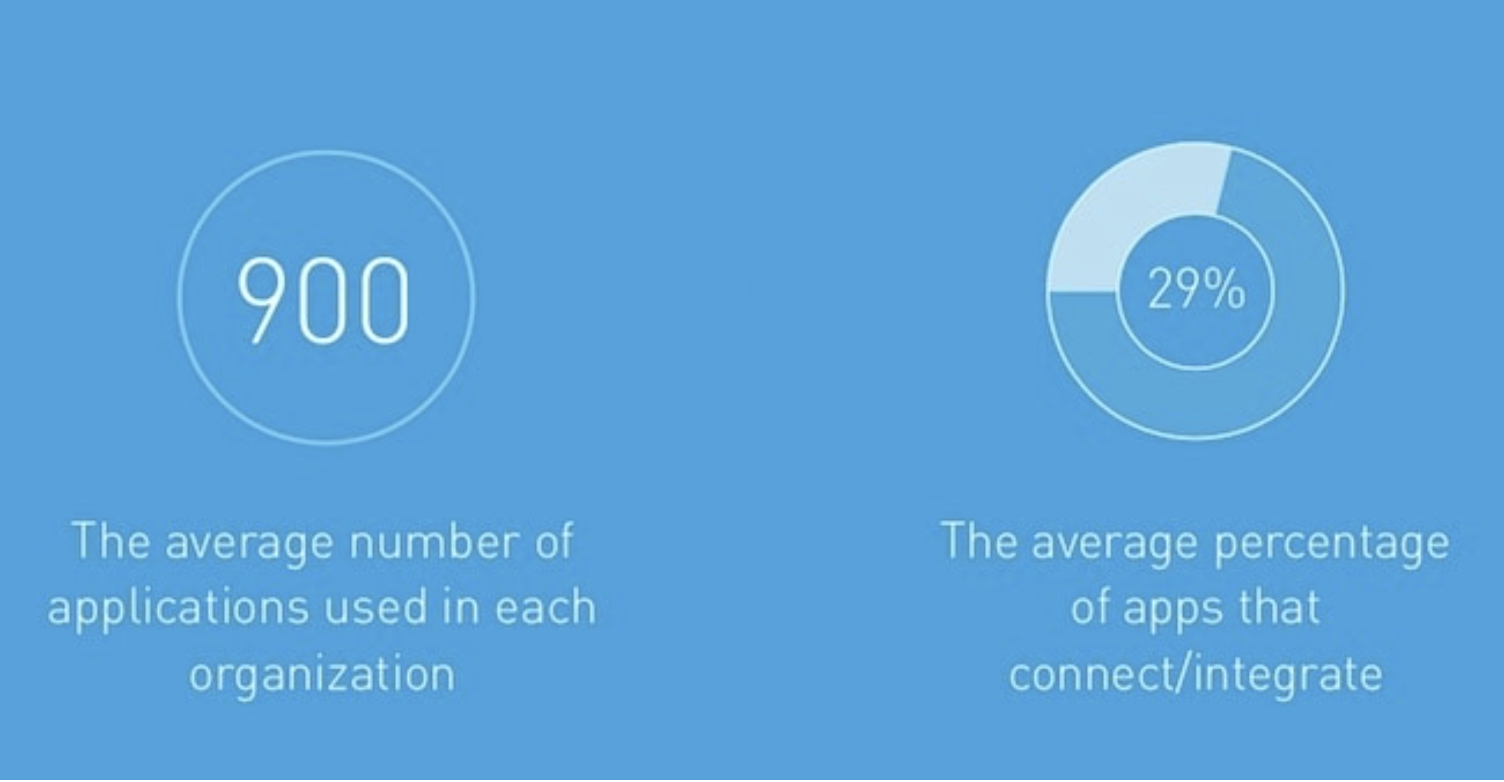Technology innovation created chaos

IT project demands will increase by 32% this year. But despite this growth, the majority of IT teams will see a budget increase of less than 10%, which prevents IT from focusing on innovation. A recent study of global IT leaders found that nearly 70% of IT’s time is dedicated to keeping the lights on rather than spending it on innovation.
What’s more, this comes at a time when customer demands are changing. To remain competitive in the Fourth Industrial Revolution, companies now must implement a multitude of technologies such as SaaS applications, blockchain, AI, cloud — the list goes on and on!
Digital transformation is no longer an option, but a necessity. The technologies already in today’s market have shifted customer expectations, they now want fast, digital, on-demand experiences or will take their business elsewhere.
The more digital transformation initiatives that need to be implemented, the wider the delivery gap gets. It’s a balance most organisations still struggle to find. The central pillar to solve this huge challenge is to understand how integration drives digital transformation.
Enter MuleSoft.
So what does MuleSoft do?
MuleSoft makes it easy to unify data to deliver a single view of the customer, automate business processes, and build connected experiences. By using a modern API-led approach, each integration becomes a reusable building block. This process that optimises a reusable process enables organisations to accelerate IT delivery, increase organisational agility, and deliver innovation at scale.
The results speak for themselves. Forrester found MuleSoft customers realise an ROI of 445% within just three years and were able to free up 90% developer time from maintaining APIs and integrations.
MuleSoft case study
Let’s use an example. One of the world’s largest consumer goods providers wanted to find more efficient solutions to deploy new products and services. Their goal was to roll out a new ecommerce initiative quickly, to engage directly with customers through both digital and in-store channels, and deliver a better customer experience.
To make this happen the company needed to connect multiple tools to its ecommerce platform, such as Salesforce Commerce Cloud, SAP, and NetSuite. Using a custom code path, they would need to:
- Spend IT time, effort, and resources to build three separate integrations while also including security considerations.
- Hire an employee who understood the thousands of fields in their ERP, the various systems required for their new ecommerce platform, and was able to build each integration.
- Create additional integrations if they ever change any of the systems they use.
Instead, the company decided to adopt MuleSoft to enable the connectivity between these tools. Using MuleSoft’s API-led approach, the company started by building a “Customer API.” That API takes only the information needed from the relevant systems, combines it and exposes it in a simple and accessible format. That means:
- Detailed knowledge of the systems isn’t necessary to get the data out — so anyone with the right credentials has access to the right information.
- Source and destination systems are swapped in and out easily. For example, if they switch ERPs, they just need to update the API rather than every integration point.
- Security is centrally controlled at the user-level.
- The Customer API is available for others to use in systems other than Salesforce, and available much quicker than building more integrations.
This company now delivers great customer experiences thanks to a 360 view of the customer created through an API-led approach. They can also deliver these experiences faster; today, deployment for new initiatives is 3-4 times faster — dropping from months to days.
How Salesforce and MuleSoft can be leveraged together
MuleSoft can connect any system, application, data, and device to unleash the power of the Customer 360. The combined power of MuleSoft, the #1 integration platform, and Salesforce, the #1 CRM, enable customers to accelerate digital transformation.
Together, MuleSoft and Salesforce give companies the ability to unlock data across systems, develop scalable integration framework, and ultimately create differentiated, connected experiences at a rapid pace. Across various integration patterns, Salesforce products, and third-party systems — the integration possibilities are endless. From developing integrated applications with Lightning Platform and Heroku, achieving a single customer view in Sales and Service Cloud by integrating siloed third-party systems, or connecting the Salesforce 360 with legacy sources to synchronize order, invoice, and product information.



